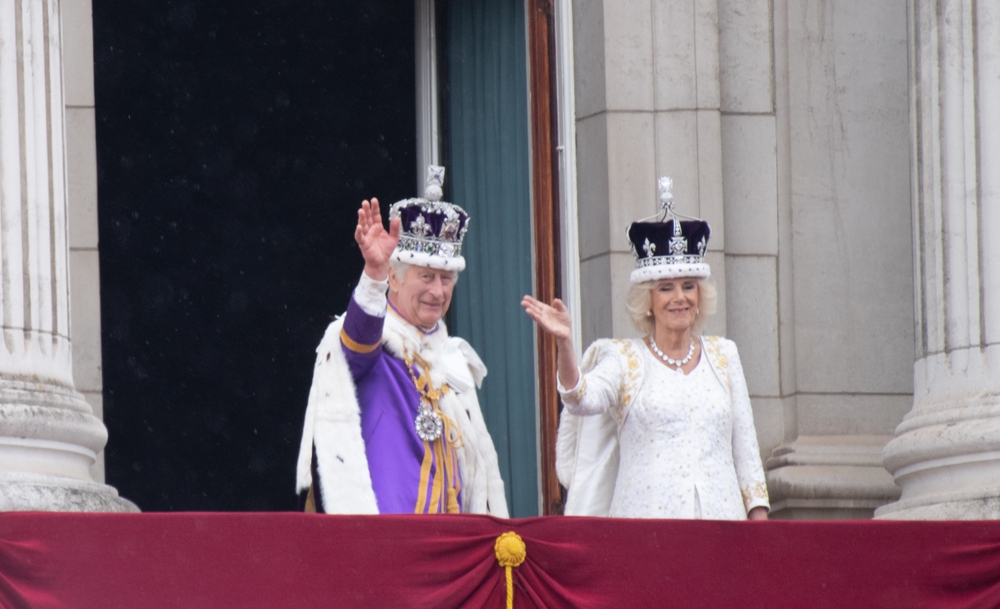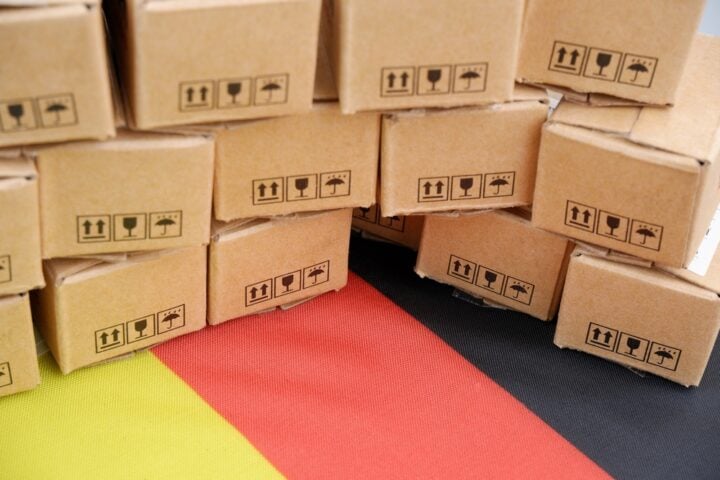Tensions flared in Australia’s Parliament House on Monday as Britain’s King Charles III addressed the nation’s leaders. Independent Indigenous Senator Lidia Thorpe interrupted the monarch’s speech, demanding the return of stolen land and calling out the legacy of British colonialism. Her protest, and the larger context of ongoing Indigenous struggles, brought to light deep historical wounds as King Charles and Queen Camilla continue their first tour of the Commonwealth since the King ascended the throne.
Thorpe’s Protest Highlights Indigenous Anger
Just moments after King Charles concluded his speech acknowledging Australia’s First Nations people, Independent Senator Lidia Thorpe interrupted from the back of the room, shouting, “You are not my king. Give us our land back, give us what you stole.” Security promptly escorted Thorpe out as she continued her outcry.
Thorpe, a DjabWurrung Gunnai Gunditjmara woman, has long been a vocal advocate for Indigenous rights. Her demand for a return of Indigenous lands reflects the broader frustration among Australia’s Indigenous people, many of whom feel that their voices remain unheard under the current government and British monarchy. Despite King Charles’ remarks recognizing the traditional custodians of the land, Thorpe and others see the monarchy as a symbol of the oppression that began when British settlers arrived more than 230 years ago.
History of Colonialism and Unresolved Issues
King Charles, in his speech, acknowledged the contributions of Australia’s First Nations people, noting that they had lived on the land for tens of thousands of years before British settlers arrived. “Throughout my life, Australia’s First Nations people have done me the great honor of sharing so generously their stories and cultures,” the King said, adding that his understanding had been shaped by this traditional wisdom.
However, for many Indigenous Australians, this acknowledgment does little to address the deep-rooted issues stemming from British colonization. The arrival of settlers led to the massacre of Indigenous people across Australia, with the legacy of those atrocities still felt today. Racism, systemic discrimination, and the absence of a treaty with the British Crown remain unresolved issues for the First Nations people.
Thorpe, who has long campaigned for a treaty, emphasized that Australia’s Indigenous people never ceded sovereignty. In her previous protests, she has been outspoken against the monarchy, notably raising her fist in defiance during her swearing-in ceremony as a senator in 2022. Monday’s protest was another instance of her calling attention to the ongoing colonial trauma Indigenous people experience.
Mixed Reactions to the Royal Visit
As King Charles and Queen Camilla continue their tour of Australia, reactions to their presence have been mixed. Some view the royal visit as a significant event, while others, especially within the Indigenous community, see it as a reminder of colonial oppression. Protesters holding Aboriginal flags gathered outside the Australian War Memorial during the royal couple’s visit, with one man arrested for failing to comply with police directions.
Greens Senator Dorinda Cox, a Yamatji Noongar woman, expressed the complex emotions felt by many First Nations people. In a statement, Cox called on King Charles to go beyond symbolic recognition and actively support First Nations justice. “He now needs to be on the right side of history,” she said, urging the King to back truth-telling, healing, and reconciliation efforts.
The Australian Monarchist League, however, condemned Thorpe’s protest, labeling it a “childish demonstration” and calling for her resignation.
A Lighter Moment: The Alpaca Incident
Amid the political tension, the royal tour had its lighter moments. King Charles and Queen Camilla began their day in Canberra with a meet and greet, where they were welcomed by crowds of royal supporters. One particularly memorable interaction involved an alpaca named Hephner, who caught the King’s attention — only to sneeze on him moments later.
For many royal enthusiasts, including Chloe Pailthorpe, 44, the visit was a cause for excitement. Pailthorpe, who has been writing letters to the royal household since she was 10, shared her enthusiasm for the royal family’s support of local communities and volunteer work.
Focus on Climate Change and Charitable Work
In addition to meeting with supporters, the royal couple participated in a traditional Aboriginal welcoming ceremony and received a 21-gun salute at Parliament House. Prime Minister Anthony Albanese commended the couple’s charitable work and praised the King for his early recognition of the “grave reality of climate change.” Albanese stressed the importance of meaningful action to combat climate issues, reflecting King Charles’ long-standing advocacy for environmental causes.
In a symbolic gesture reflecting his environmental focus, King Charles was invited to plant trees at both Parliament House and the Botanic Gardens. The royal couple is set to continue their tour in Sydney before heading to Samoa for the Commonwealth Heads of Government Meeting (CHOGM), where the King will preside as the Head of the Commonwealth for the first time.
King Charles III’s visit to Australia underscored the complex relationship between the British monarchy and the country’s Indigenous population. While many welcomed the royal tour, Senator Lidia Thorpe’s protest served as a stark reminder of the unresolved issues stemming from Australia’s colonial past. As the royal couple continues their tour, the dialogue around Indigenous rights, historical injustices, and the monarchy’s role in modern Australia remains at the forefront.







